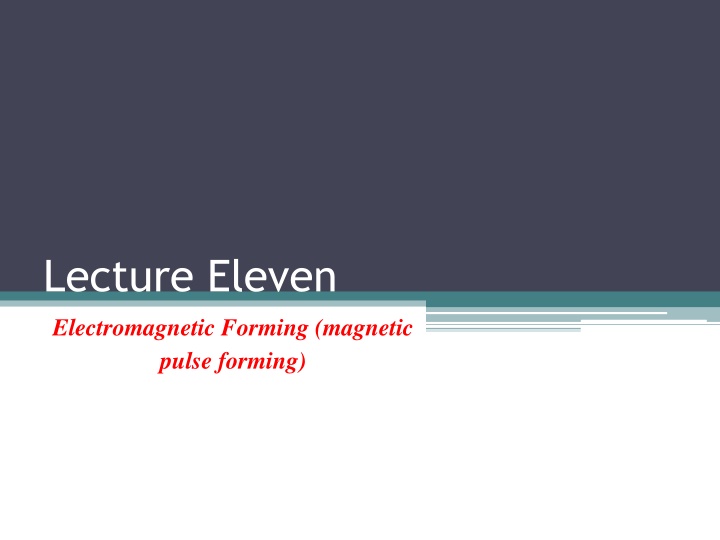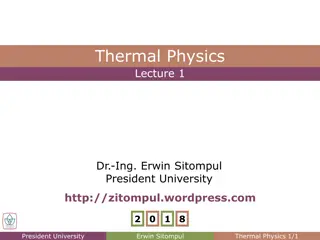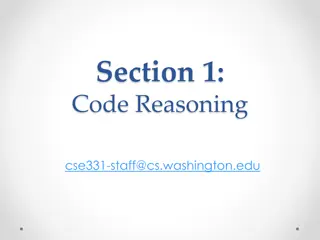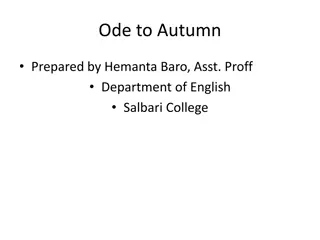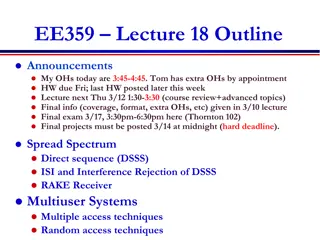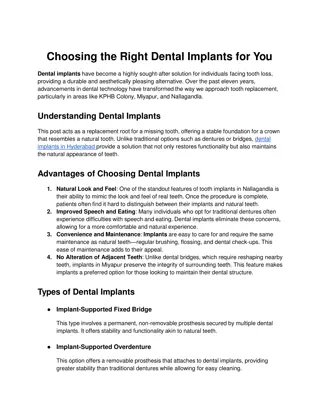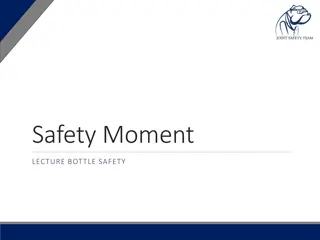Lecture Eleven
Electromagnetic forming, also known as magnetic pulse forming, is a process used to deform sheet metal by the force of an electromagnetic field induced in the workpiece. This method offers high production rates, non-contact operation, reduced springback, increased ductility, and relatively inexpensive tooling. Limitations include material conductivity requirements, speed constraints, and maximum pressure limitations. Despite these restrictions, electromagnetic forming proves effective for various applications in metal forming.
Download Presentation

Please find below an Image/Link to download the presentation.
The content on the website is provided AS IS for your information and personal use only. It may not be sold, licensed, or shared on other websites without obtaining consent from the author.If you encounter any issues during the download, it is possible that the publisher has removed the file from their server.
You are allowed to download the files provided on this website for personal or commercial use, subject to the condition that they are used lawfully. All files are the property of their respective owners.
The content on the website is provided AS IS for your information and personal use only. It may not be sold, licensed, or shared on other websites without obtaining consent from the author.
E N D
Presentation Transcript
Lecture Eleven Electromagnetic Forming (magnetic pulse forming)
Process Description: Electromagnetic forming, also called magnetic pulse forming, is a process in which sheet metal is deformed by the mechanical force of an electromagnetic field induced in the workpart by an energized coil. The coil, energized by a capacitor, produces a magnetic field. This generates eddy currents in the work that produce their own magnetic field. The induced field opposes the primary field, producing a mechanical force that deforms the part into the surrounding cavity. It is typically used to form tubular parts
Formation Methods: Electromagnetic formation can usually be applied to three forming methods: compression, expansion, and counter forming. As shown in figure (11-1 a), a tubular workpiece is compressed by an external coil, usually against a grooved contoured insert, plug, tube or fitting inside the workpiece. A tubular workpiece is expanded by an internal coil as shown in figure (11-1 b), usually against a collar or other component surrounding the workpiece .flat stock is almost always contour-formed against a die as seen in figure (11-1 c).
Advantages And limitations: 1. It gives a high rate of production 2. Non contact: unlike other mechanical processes in which a tool contacts a workpiece, in EMF the magnetic field that applies the pressure requires no lubrication, leaves no tool marks and therefore requires no cleanup after forming. 3. No Springback: the springback often associated with mechanical processes is virtually eliminated , because there is no mechanical contact. 4. The EMF process allows increased ductility for certain aluminum alloys because of the lack of mechanical stress and friction normally encountered with mechanical processes. 5. Tooling: the tooling for process is relatively inexpensive .the machine and the work coils can be viewed as general purpose tooling.
General limitations The speed of joining or formation also represents one of the limitations of the process. Because forming take place in such a short period, the material does not lend itself to deep drawing of materials. The process is also limited to those materials that are electrically conductive .materials with an electrical resistivity of 0.15 micro ohm- meter or less are ideal candidates for the process. Included in this group are such materials as copper, aluminum, brass, and mild steels.
Pressure limit: The maximum pressure that can be applied by standard compression coils is approximately 340 Mpa, thus the process is restricted to relatively thin wall tube or sheet products. Applications Electromagnetic forming is chiefly used to expand, compress, or form tubular shapes. It is occasionally used to form flat sheet, and it is often used to combine several forming and assembly operations into a single step.
